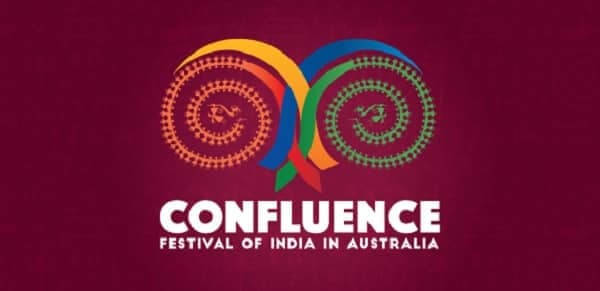
The dictionary defines ‘confluence’ as a “flowing together.” In a literal sense, it’s about rivers. But it’s more often used to talk about coming together of factors or ideas, or of cultures in a diverse city.
Nearly 12 months ago, writing about Confluence 1.0, I had concluded that though it was a journey well begun and the groundwork to engage the local Australian community had been laid, a vision for continuity had to be developed. The editorial then had emphasised that for India to develop its soft power in Australia, it had to build on what Confluence 1.0 had delivered, while understanding what it had failed to deliver.
One year on, Confluence 2.0 is here again, but rather than progressing on its strong achievements of last year, it seems to be actually going backwards. In 2016, not only did the program have strong diversity, but venues such as the Sydney Opera House were iconic centres for hosting the evets. While these shows were well attended by Indian Australians, they failed to attract mainstream Australians, missing out on the target audiences. The language barriers played a role in this, as it seemed that turned off the average Australian culture vulture. Poor marketing also accounted for lack of mainstream Australia attending Confluence 2016.
There is an appetite for traditional and contemporary things Indian to be shared with the local Australian audiences. Only recently, writer and orator Shashi Tharoor spoke to packed programs at Melbourne Writers Festival and at the Antidotes presentation at the Sydney Opera House. The annual Sydney Festival has hosted shows such as the Manganiyar Seduction and William Dalrymple’s Nine Lives to packed theatres over a number of nights. Tickets have sold out in record times for these shows.
Yet at Confluence 2017, for a major cultural and commercial hub such as Sydney, there are just a couple of shows. A private, by-invitation-only, traditional Indian classical music show will be a fantastic experience, but will only reach out to, say, 200 people. There will also be a Bollywood dance programme for 120 minutes at Martin Place.
Is that all India can offer to arguably the Number One state of Australia?
Nobel laureate Amartya Sen has said that the culture of modern India is a complex blend of its historical traditions and influences from the effects of colonialism over centuries and current Western culture – both collaterally and dialectically. So, Confluence needs to draw from the vast repertoire of professional options available in the performing arts, drama, theatre, music, painting, literature, martial arts etc to ensure a deeper engagement with Australia and Australians.
The Indian High Commissioner to Australia, Ajay Gondane, has articulated his vision for Confluence to “celebrating vitality, credibility and the ‘soft power’ of India’s culture, as passed down from one generation to another through an organic and live process. It is a credible effort to offer, to the discerning and appreciative audience in Australia, from among the best creativity emerging in present-day India.”
Perhaps more needs to be done to achieve this vision in future years, otherwise the confluence will slow down to a trickle.
Confluence, or a trickle?
With its limited reach and menu, the Festival of India in Australia runs the risk of not engaging with mainstream Australians

Reading Time: 2 minutes



